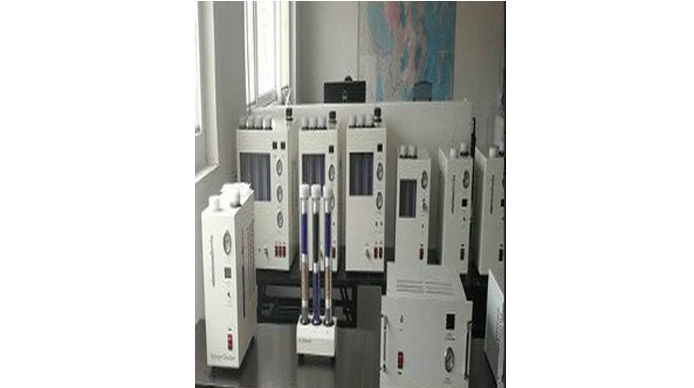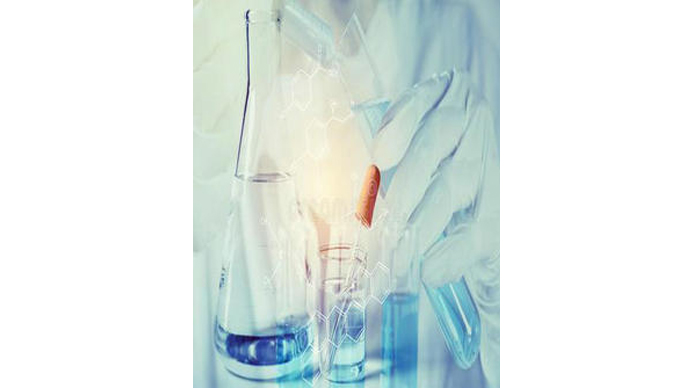In the float glass production process, in order to ensure that the tin liquid in the tin bath is not oxidized and improve the quality of the glass, it is necessary to continuously and evenly deliver high-purity nitrogen and hydrogen mixtures into the tin bath. As one of the protective gases, hydrogen is a reducing gas, which can quickly react with oxygen to prevent tin from supplemental oxidation and reduce tin oxides to reduce tin consumption.
Although the hydrogen station is small, it occupies a pivotal position in the glass factory. The purity and pressure of hydrogen affect the atmosphere in the tin bath. At present, the two most commonly used hydrogen generation methods in float glass production lines are hydrogen generation by water electrolysis and hydrogen generation by ammonia decomposition.
Float Glass










